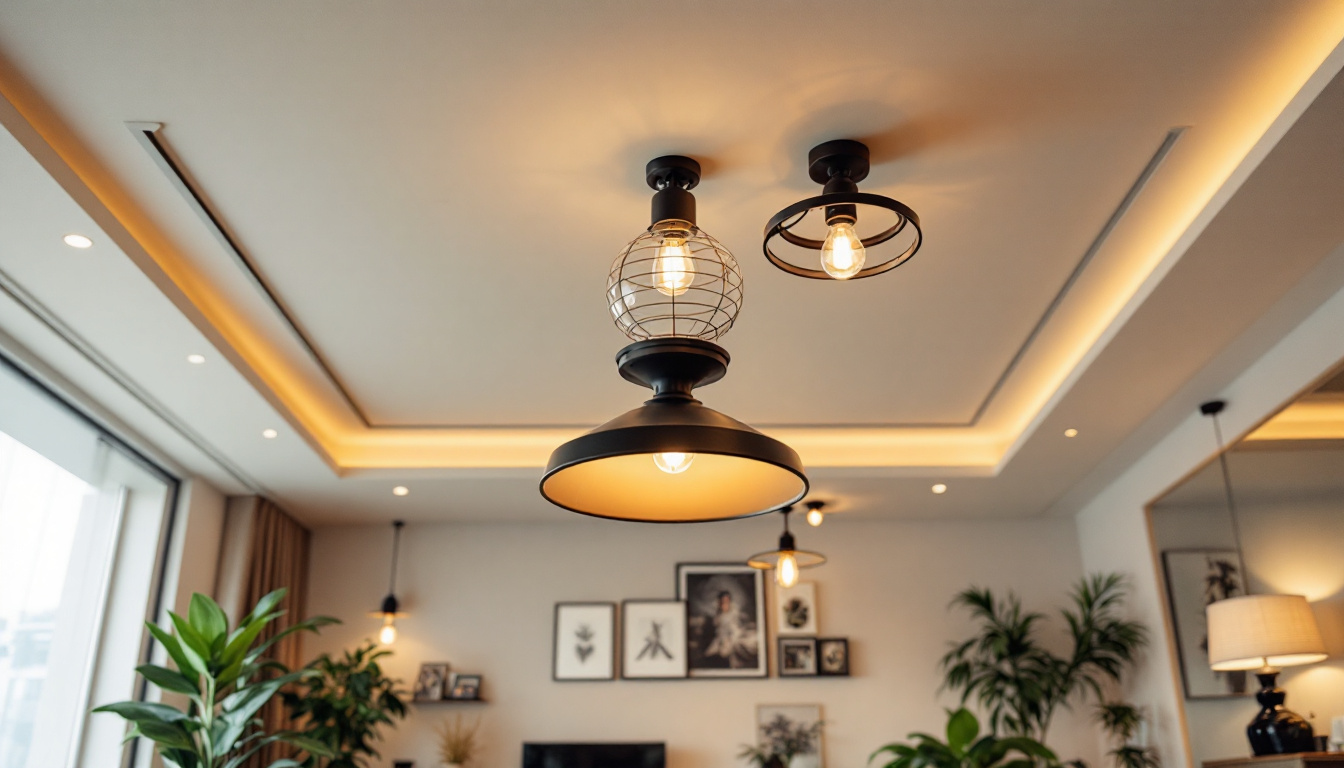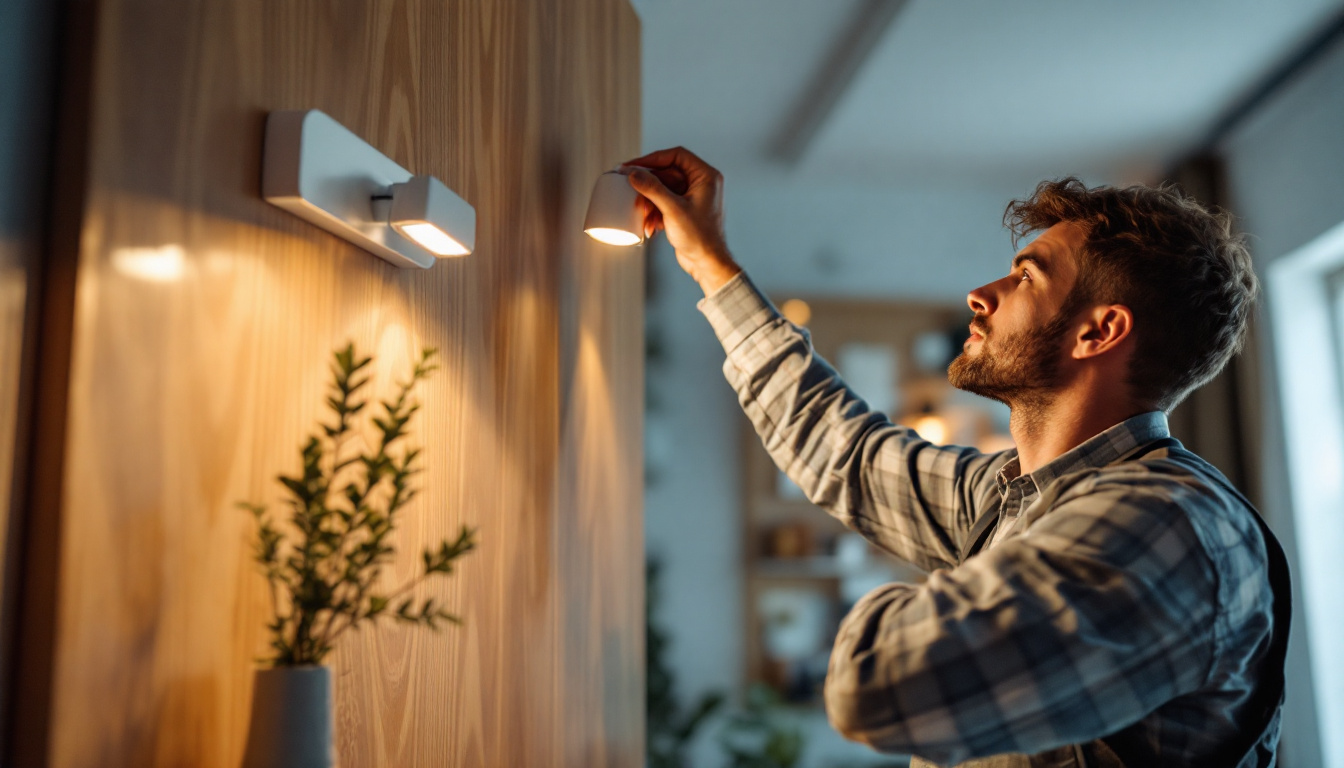
In the world of lighting design and installation, understanding the concept of lumens per square foot is essential for lighting contractors. This measurement not only influences the quality of light in any given space but also plays a crucial role in the overall satisfaction of clients. By mastering this concept, lighting contractors can enhance their services, improve customer experiences, and ultimately boost their business. This article will explore the importance of lumens per square foot, how it can be effectively applied in various projects, and strategies for leveraging this knowledge to grow a lighting business.
Lumens are the unit of measurement for luminous flux, which quantifies the amount of light emitted by a source. Unlike watts, which measure energy consumption, lumens provide a clearer picture of the actual light output. For lighting contractors, understanding lumens is vital for several reasons.
In lighting design, the goal is to create an environment that is both functional and aesthetically pleasing. By knowing the lumens required for different types of spaces, contractors can tailor their lighting solutions to meet specific needs. For instance, a residential kitchen may require higher lumens for task lighting, while a living room may benefit from softer, ambient lighting.
Moreover, different activities demand varying levels of brightness. A workspace, such as an office or workshop, typically requires more lumens to ensure productivity, while a relaxation area may call for lower levels to create a calming atmosphere. Understanding these nuances allows contractors to make informed decisions that enhance the overall quality of their projects. Additionally, the color temperature of the light, measured in Kelvins, plays a crucial role in how lumens are perceived. Warmer light can make a space feel inviting and cozy, while cooler light can promote alertness and focus, further emphasizing the importance of a well-rounded lighting strategy.
To determine the appropriate lumens for a given space, contractors often use the formula: lumens per square foot = total lumens / area in square feet. This calculation helps in identifying how much light is needed to adequately illuminate a space. Generally, a range of 20 to 50 lumens per square foot is recommended for residential areas, while commercial spaces may require anywhere from 30 to 100 lumens per square foot, depending on the specific application.
By mastering this calculation, lighting contractors can provide precise recommendations to clients, ensuring that the lighting design meets both functional and aesthetic requirements. This expertise not only enhances the contractor’s reputation but also builds trust with clients who rely on their knowledge. Furthermore, staying updated on advancements in LED technology and smart lighting solutions can further empower contractors to offer innovative options that maximize energy efficiency while maintaining optimal luminosity. As the industry evolves, understanding lumens in conjunction with these new technologies will be essential for creating sustainable and effective lighting designs that cater to modern needs.
Different types of projects require different lighting approaches. Understanding how to apply lumens per square foot in various contexts can help lighting contractors deliver tailored solutions that meet the unique needs of each client.
In residential settings, lighting contractors must consider the specific activities that will take place in each room. For example, kitchens typically require higher lumens due to the need for bright task lighting, while bedrooms may benefit from softer, warmer lighting. By calculating the required lumens per square foot, contractors can recommend the right fixtures and layouts that enhance the functionality and comfort of the space.
Additionally, energy efficiency is a growing concern among homeowners. By selecting LED fixtures that provide higher lumens with lower wattage, contractors can help clients reduce energy costs while still achieving the desired brightness. This not only improves the client’s satisfaction but also positions the contractor as a knowledgeable and environmentally conscious professional. Furthermore, the integration of smart lighting systems can further enhance energy efficiency, allowing homeowners to control brightness levels and schedules through mobile apps or voice-activated devices, thus creating a more personalized and convenient living environment.
Commercial projects often present unique challenges and requirements. For instance, retail spaces need to showcase products effectively, which may necessitate higher lumens per square foot to create an inviting atmosphere. On the other hand, office environments must balance brightness with comfort to enhance employee productivity.
By applying the principles of lumens per square foot, lighting contractors can create customized solutions that cater to the specific needs of commercial clients. This includes recommending the right types of fixtures, placement strategies, and lighting controls to optimize the overall lighting experience. In addition, considerations such as color temperature play a significant role in commercial settings; warmer tones can create a welcoming environment in hospitality venues, while cooler tones may be more appropriate for tech-oriented offices. By understanding these nuances, contractors can ensure that the lighting not only meets functional demands but also aligns with the brand identity of the business.
outdoor lighting is another area where understanding lumens per square foot is crucial. Whether illuminating pathways, gardens, or commercial exteriors, the right amount of light is essential for safety and aesthetics. Contractors must consider factors such as the height of fixtures, the distance between lights, and the intended use of the space when calculating lumens.
For instance, a well-lit pathway may require around 10 to 20 lumens per square foot, while outdoor dining areas may benefit from higher levels to create an inviting atmosphere. By applying this knowledge, contractors can enhance outdoor spaces, making them more functional and appealing to clients. Moreover, the use of motion sensors and timers can add an extra layer of convenience and security, ensuring that lights are only activated when needed. This not only conserves energy but also enhances the safety of outdoor areas, making them more accessible during evening hours. Incorporating decorative elements, such as string lights or lanterns, can also elevate the ambiance, transforming a simple outdoor area into a charming retreat for gatherings and events.
Understanding and applying lumens per square foot is not just about improving project outcomes; it can also be a powerful tool for lighting contractors to grow their businesses. Here are several strategies to leverage this knowledge effectively.
Clients often rely on contractors for guidance when it comes to lighting choices. By educating clients about lumens per square foot, contractors can empower them to make informed decisions. This can involve providing explanations during consultations, creating informative materials, or even hosting workshops.
When clients understand the importance of lumens and how they impact their space, they are more likely to appreciate the contractor’s expertise. This can lead to increased trust, repeat business, and referrals, as satisfied clients are more inclined to recommend the contractor to others. Furthermore, offering personalized consultations that include a breakdown of how various lighting options affect the ambiance and functionality of a space can further enhance the client’s understanding. For instance, discussing how different lumens levels can create a warm, inviting atmosphere in a restaurant or a bright, focused environment in an office can help clients visualize the potential of their spaces.
In a competitive market, showcasing expertise can set a lighting contractor apart from the rest. By highlighting knowledge of lumens per square foot in marketing materials, websites, and social media, contractors can position themselves as industry leaders. This could include sharing case studies that demonstrate successful projects where lumens calculations played a key role in achieving client satisfaction.
Additionally, creating content such as blog posts or videos that explain lumens and their application can attract potential clients searching for reliable information. This not only builds credibility but also drives traffic to the contractor’s website, ultimately leading to more inquiries and projects. Engaging with clients through interactive content, such as quizzes that help them determine their lighting needs based on lumens, can also enhance their experience and encourage them to reach out for professional assistance. By making the learning process fun and engaging, contractors can foster a community of informed clients who are eager to explore lighting solutions.
By consistently applying the principles of lumens per square foot in projects, contractors can build long-term relationships with clients. When clients see that their lighting contractor is knowledgeable and attentive to their needs, they are more likely to return for future projects or recommend the contractor to others.
Regular follow-ups after project completion can also help maintain these relationships. By checking in to ensure that the lighting remains effective and addressing any concerns, contractors can demonstrate their commitment to client satisfaction. This proactive approach fosters loyalty and can lead to ongoing business opportunities. Additionally, offering maintenance packages that include periodic assessments of lighting effectiveness based on lumens can further solidify these relationships. Clients will appreciate the ongoing support and expertise, knowing that their spaces will continue to meet their lighting needs over time. Such initiatives not only enhance client satisfaction but also open doors for upselling new technologies or upgrades as lighting solutions evolve.
In the competitive landscape of lighting contracting, understanding lumens per square foot is a vital skill that can significantly enhance service offerings. By mastering this concept, contractors can provide tailored solutions that meet the diverse needs of residential, commercial, and outdoor projects. Furthermore, leveraging this knowledge to educate clients, showcase expertise, and build long-term relationships can lead to increased business growth and success.
As the demand for effective lighting solutions continues to rise, lighting contractors who prioritize understanding and applying lumens per square foot will undoubtedly stand out in the industry. By doing so, they not only improve the quality of their work but also contribute to the overall satisfaction and happiness of their clients.
Ultimately, the journey to becoming a successful lighting contractor is paved with knowledge, expertise, and a commitment to delivering exceptional results. Embracing the concept of lumens per square foot is just one of the many steps that can lead to a thriving business in the lighting industry.
Ready to elevate your lighting projects and outshine the competition? At LumenWholesale, we provide you with the high-quality, spec-grade lighting products you need at prices that can’t be beaten. Say goodbye to local distributor markups and hello to our extensive selection that meets the highest industry standards. With free shipping on bulk orders, you can stock up on premium lighting solutions and enjoy the best value without any hidden fees. Make the smart choice for your business and explore our wholesale lighting options today to bring unparalleled quality and affordability to every project.

Discover the essential role of ceiling lights in transforming living spaces.

Discover effective strategies for training your team in the art of lighting with light dimmers.

Discover essential insights and strategies for lighting contractors in this comprehensive guide.

Discover why LED lamp fixtures are a game-changer for lighting contractors.